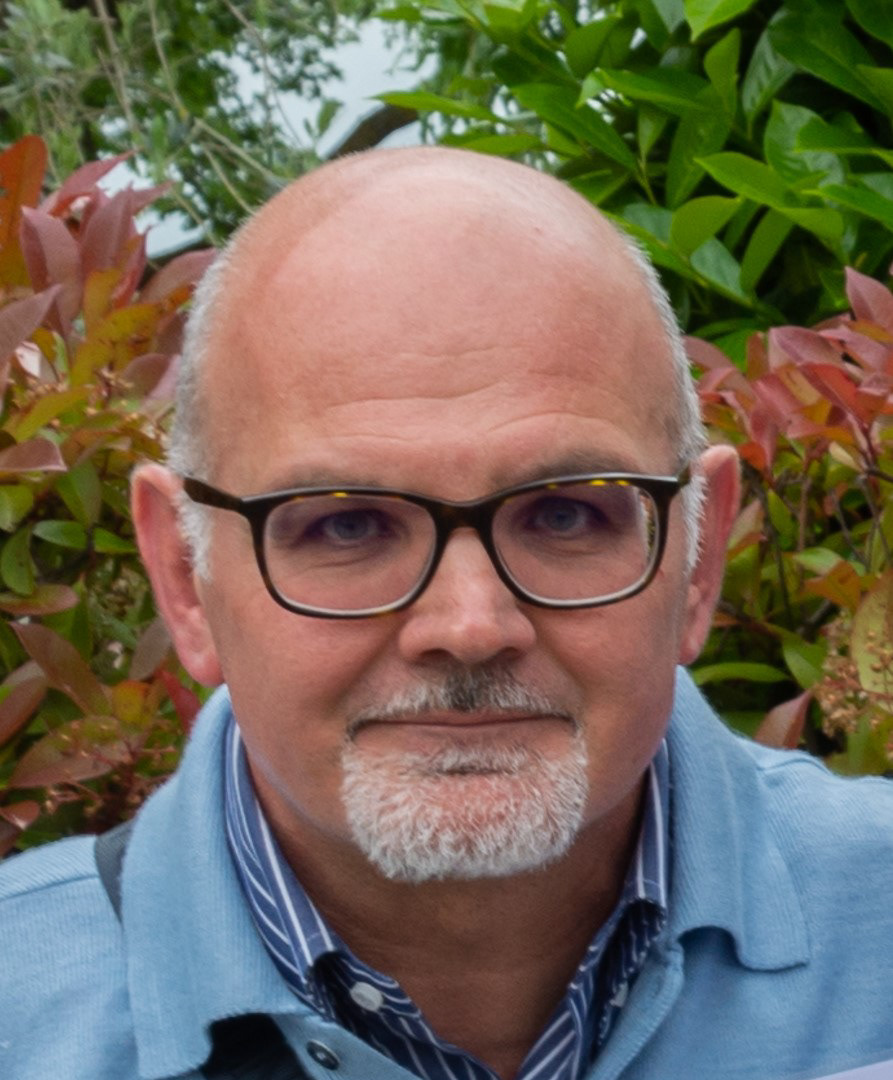Vinci. Wonderful views of summer.
2021
Vinci is an Italian town of 14 615 inhabitants in the metropolitan city of Florence, in Tuscany. It is known to have been the place of origin of Leonardo da Vinci.
You may also like
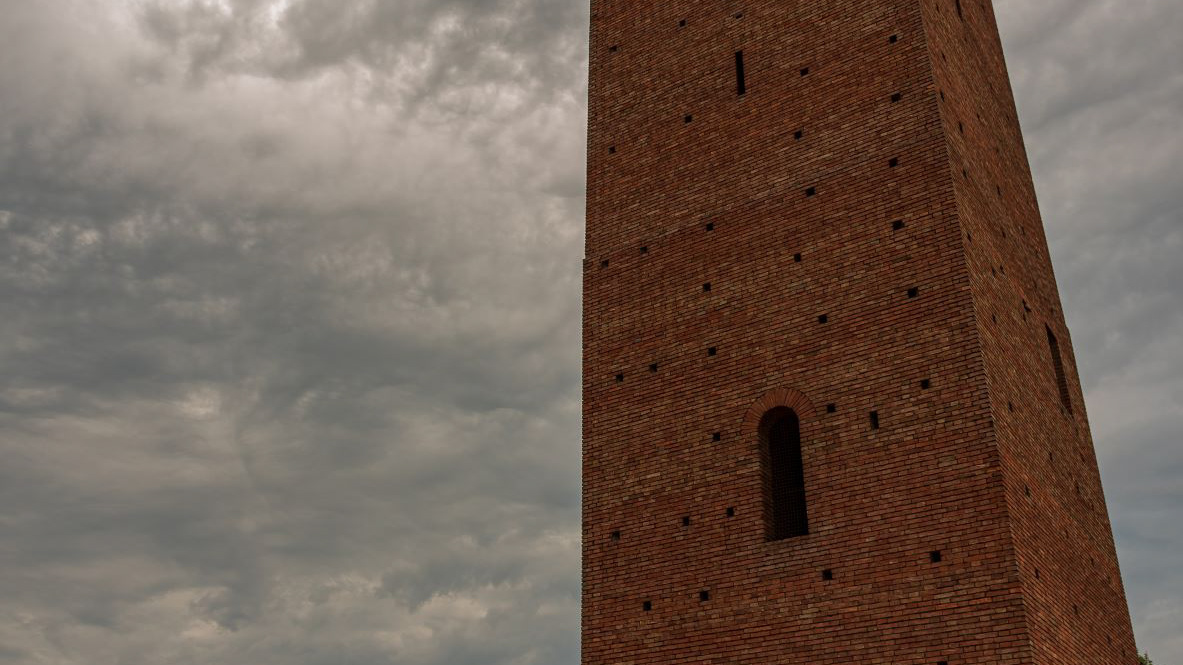
2021
San Miniato, Tuscany. Rocca di Federico
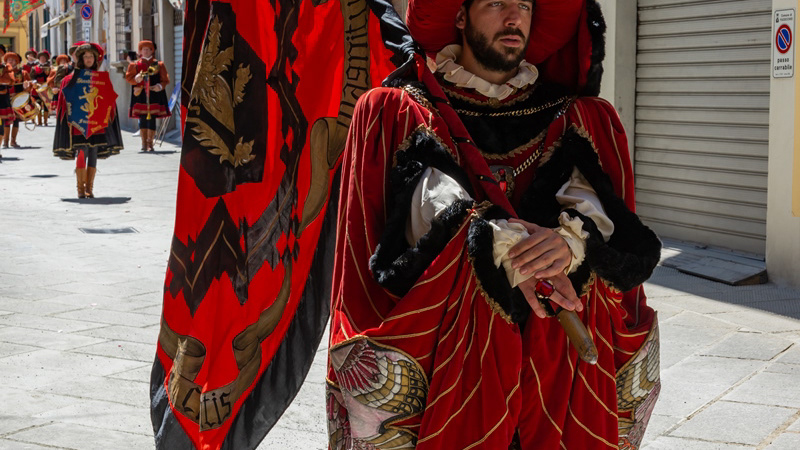
2018
Fucecchio, parade of the districts 2018
The Palio delle Contrade Città di Fucecchio, commonly known as the Palio di Fucecchio, is an event reminiscent of a contest held in Fucecchio around 1200. Originally called Palio della Lancia, it takes place on the penultimate Sunday of May (except for the edition of 2017). The race includes two heats and a final, on horses mounted bareback by jockeys. The last historical edition of which we have news from the local historical archives dates back to June 14, 1863. It was only from the eighties that the carousel came back to life with regularity. The forerunner of the modern Palio was the "Fratres blood donors group", which in 1980 organized a pony race to promote blood donation. From the following year it was decided to organize a real Palio delle Contrade, with horses mounted in saddles. After an initial presence of sixteen districts, the number definitively dropped to the current twelve. From 1987 the saddle was abandoned, and the horses were mounted bareback. Since 1995, the FRATRES blood donors group left the Palio in the hands of the municipal administration, as it has grown a lot compared to how it was born. The event takes place inside the "ex quarry of Andrea" commonly called "La buca" by the locals: a natural racecourse suitable for horse racing. The land of the "hole" has been trodden by the strongest Italian jockeys: from Aceto to Cianchino, from Pesse to Trecciolino passing through other important jockeys such as Massimino II, Il Bufera, Bucefalo, Bastiano up to the youngest promises such as Gingillo, Lo Zedde , Bighino, Sgaibarre, Velvet, Tittia, Vittorio.
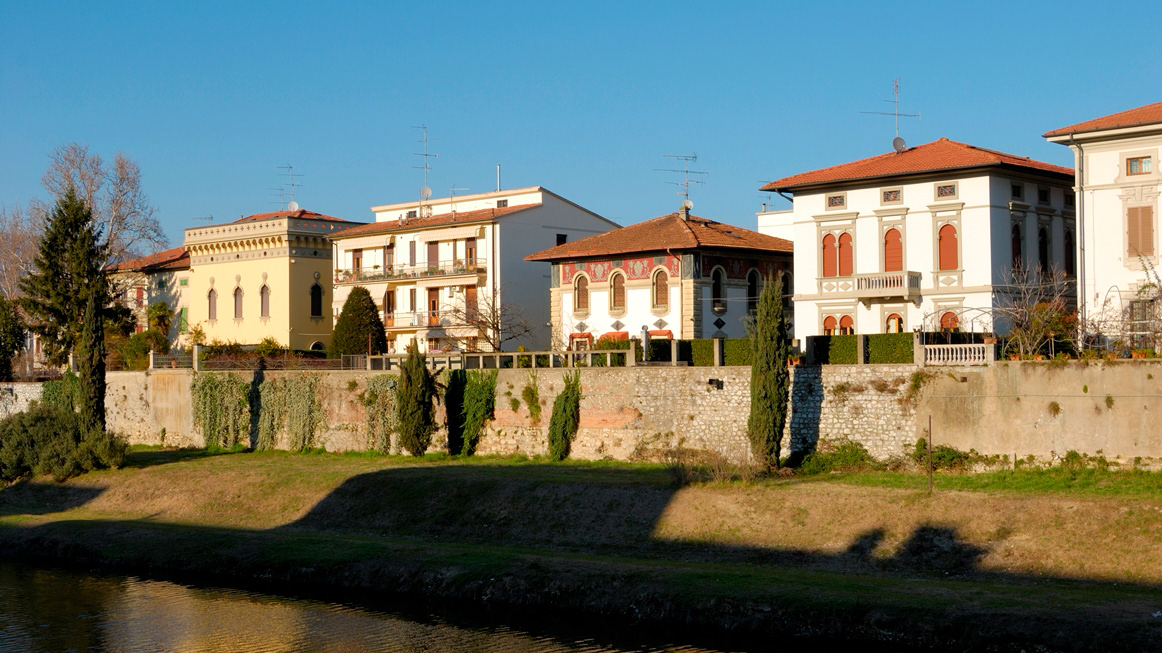
2008
Prato
Prato is an Italian town of 194,390 inhabitants, the capital of the province of the same name in Tuscany. It is the second largest city in Tuscany and the third in central Italy by number of inhabitants after Rome and Florence. Until 1992, the year of the constitution of the province of the same name, it was the most populated non-provincial town in Italy, then in the province of Florence. The Prato plain was inhabited since the Etruscan era, but the birth of the city itself dates back, generally, to the 10th century, when we have news of two contiguous but distinct inhabited centers, Borgo al Cornio and Castrum Prati, which merged during the following century. In the Prato economy, textile production has always played a leading role since the Middle Ages, as evidenced by the documents of the merchant Francesco Datini, but it is in the nineteenth century that Prato saw an impetuous industrial development, which still make it one of the most important districts at the European level. The city boasts historical and artistic attractions of great importance, with a cultural itinerary that begins with the Etruscans and then expanded in the Middle Ages and reached its peak with the Renaissance, when artists of the caliber of Donatello, Filippo Lippi and Botticelli.
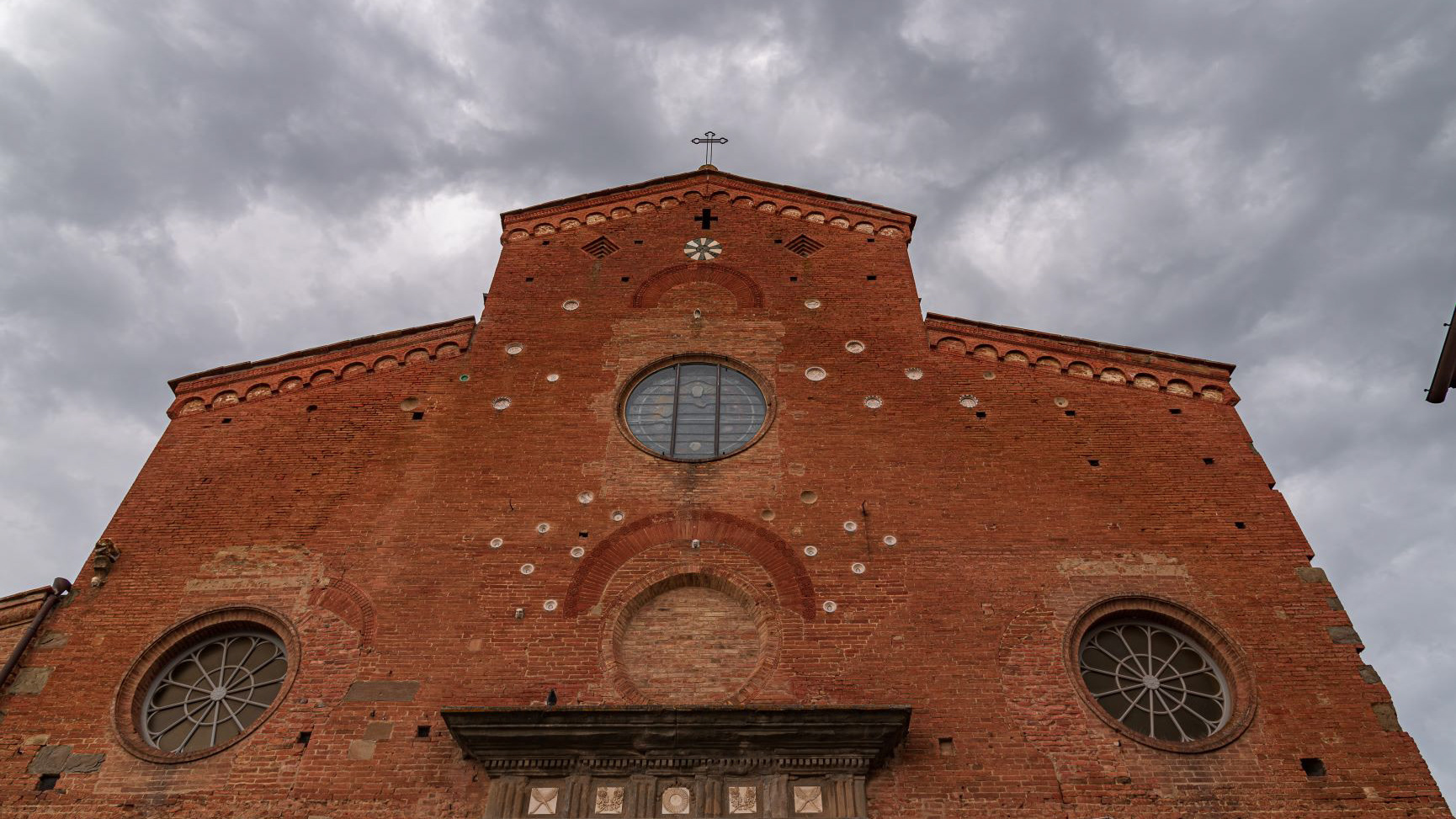
2021
San Miniato. The Cathedral of S. M. Assunta
The Cathedral of Santa Maria Assunta and San Genesio is the main Catholic place of worship in San Miniato, the mother church of the diocese of the same name.
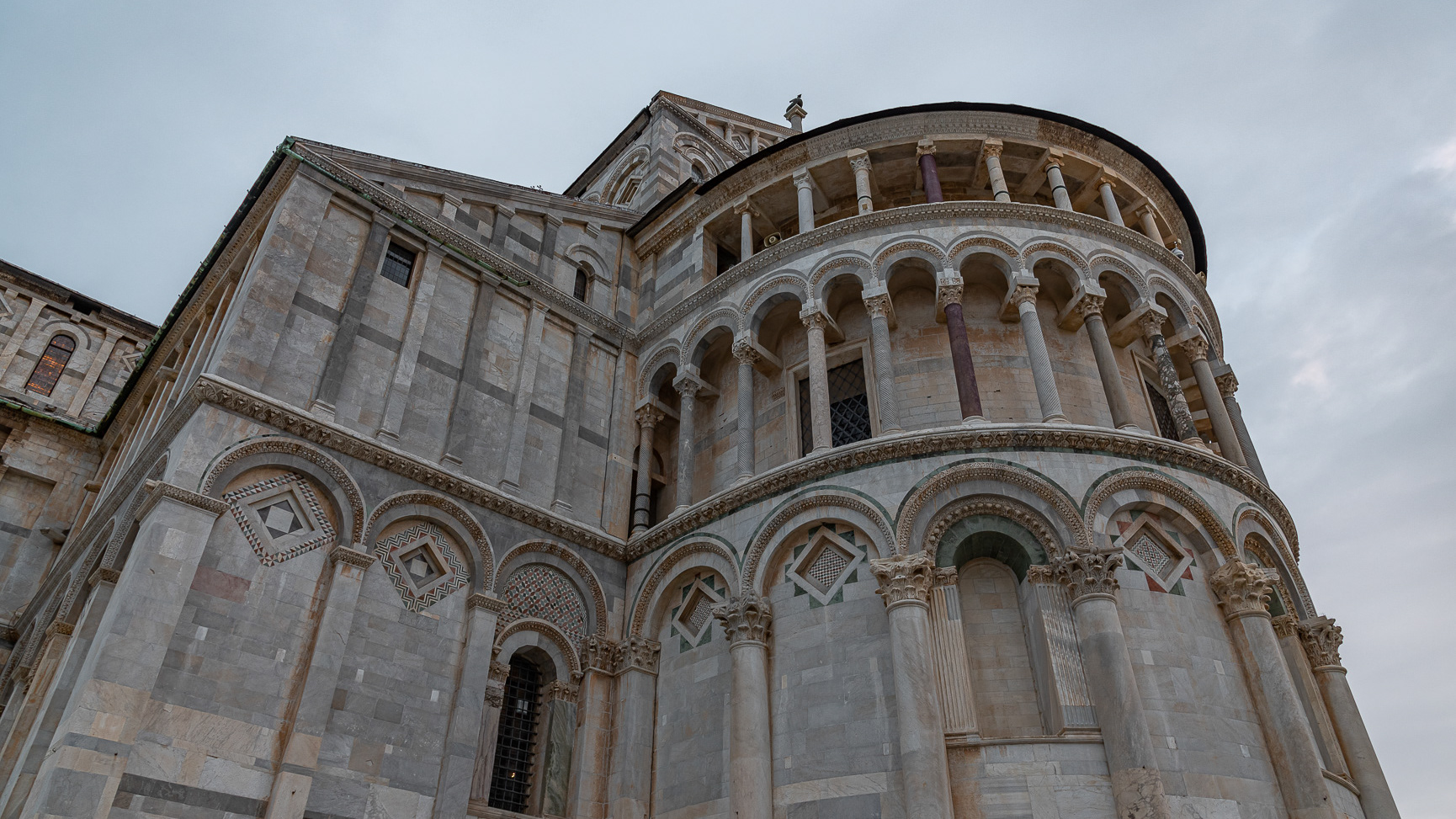
2021
Pisa, the cathedral of Santa Maria Assunta
The cathedral of Santa Maria Assunta, in the center of the Piazza del Duomo, also known as Piazza dei Miracoli, is the medieval cathedral of Pisa as well as the primatial church. Masterpiece of the Romanesque, in particular of the Pisan Romanesque, it represents the tangible testimony of the prestige and wealth achieved by the maritime republic of Pisa at the moment of its apogee. It was begun in 1063 (1064 according to the Pisan calendar in force at the time) by the architect Buscheto, with the tenth part of the booty of the undertaking of Palermo in Sicily against the Muslims (1063) led by Giovanni Orlandi belonging to the Orlandi family [1] . Different stylistic elements come together: classical, Lombard-Emilian, Byzantine and in particular Islamic, proof of the international presence of Pisan merchants at that time. In that same year the reconstruction of the Basilica of San Marco in Venice was also begun, so it may well be that at the time there was a rivalry between the two maritime republics to create the most beautiful and sumptuous place of worship. The church was erected in an area outside the early medieval walls, to symbolize the power of Pisa which did not need protection. The chosen area was already used in the Lombard period as a necropolis and, already in the early 11th century, an unfinished church was erected which must have been dedicated to Santa Maria. The new large church of Buscheto, in fact, was initially called Santa Maria Maggiore until it was definitively dedicated to Santa Maria Assunta.
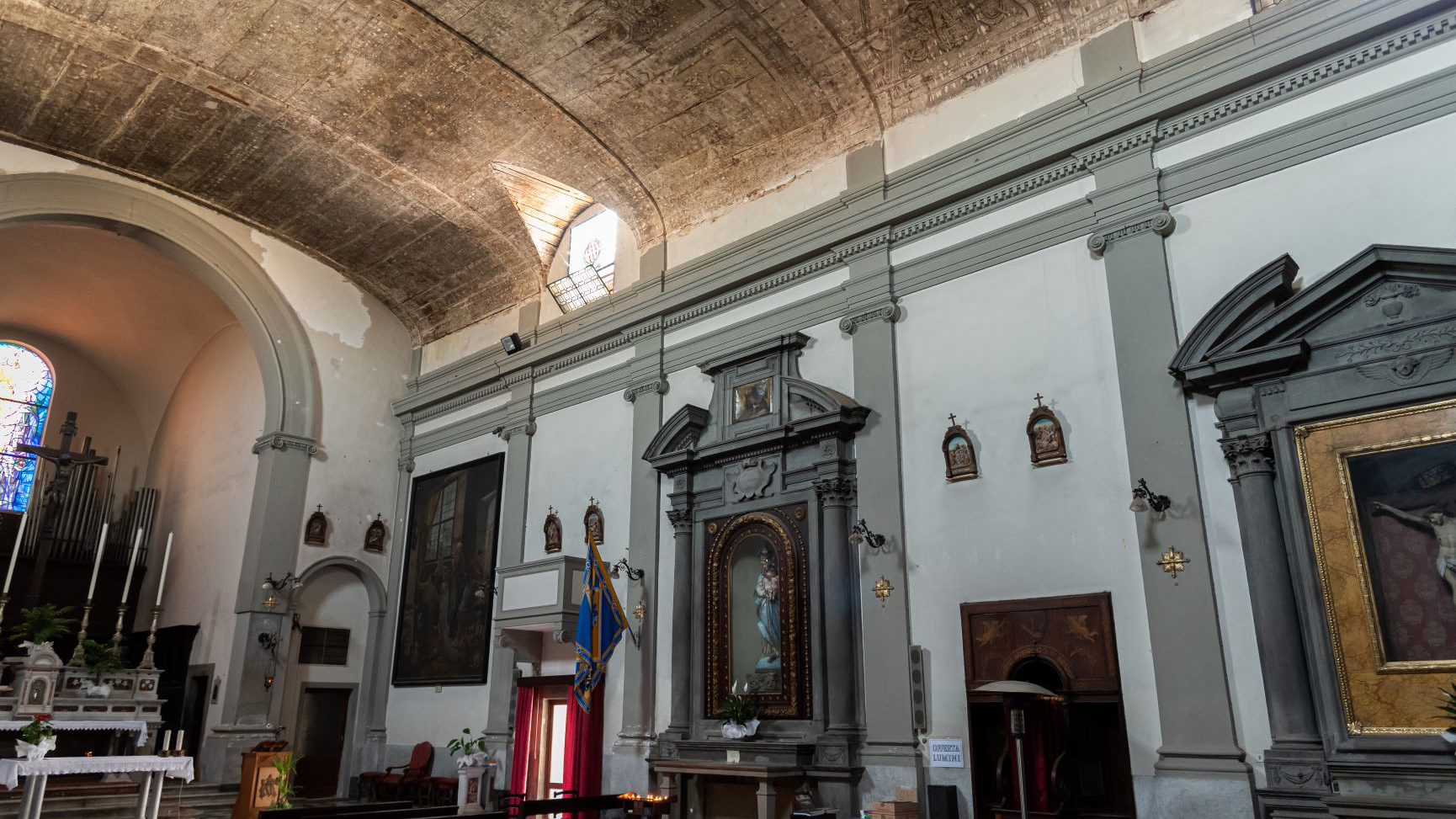
2021
Fucecchio. Franciscan Convent of the Virgin
It was built in the early seventeenth century. Instead of a small sixteenth-century oratory, a church and a convent were built, which in the mid-seventeenth century became a Franciscan.
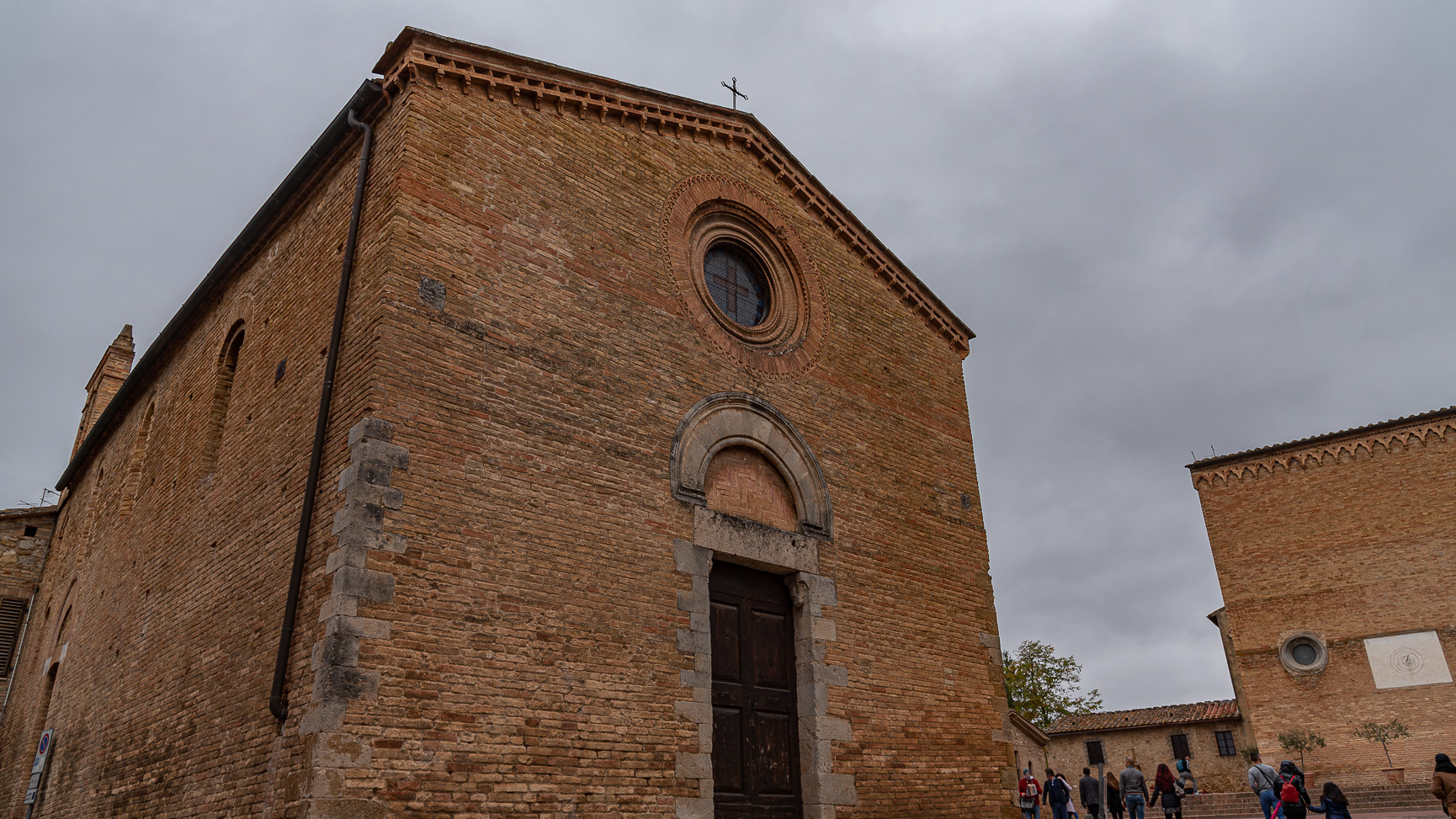
2021
San Gimignano. The church of San Pietro in Forliano
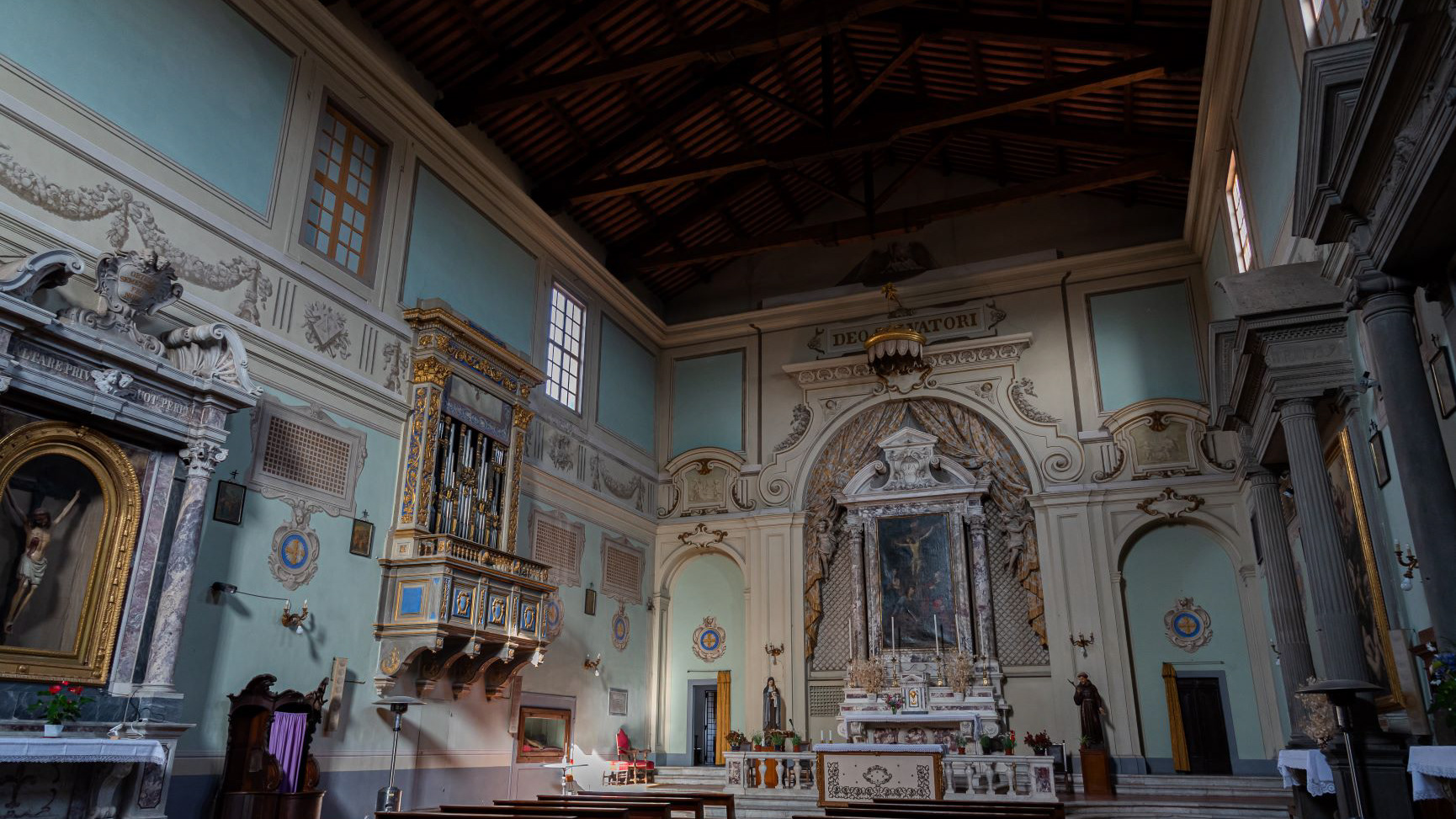
2021
Fucecchio. Abbey of San Salvatore
The abbey of San Salvatore is located in the upper part of Fucecchio, in the province of Florence, diocese of San Miniato.
2021
San Gimignano. The church of Sant'Agostino
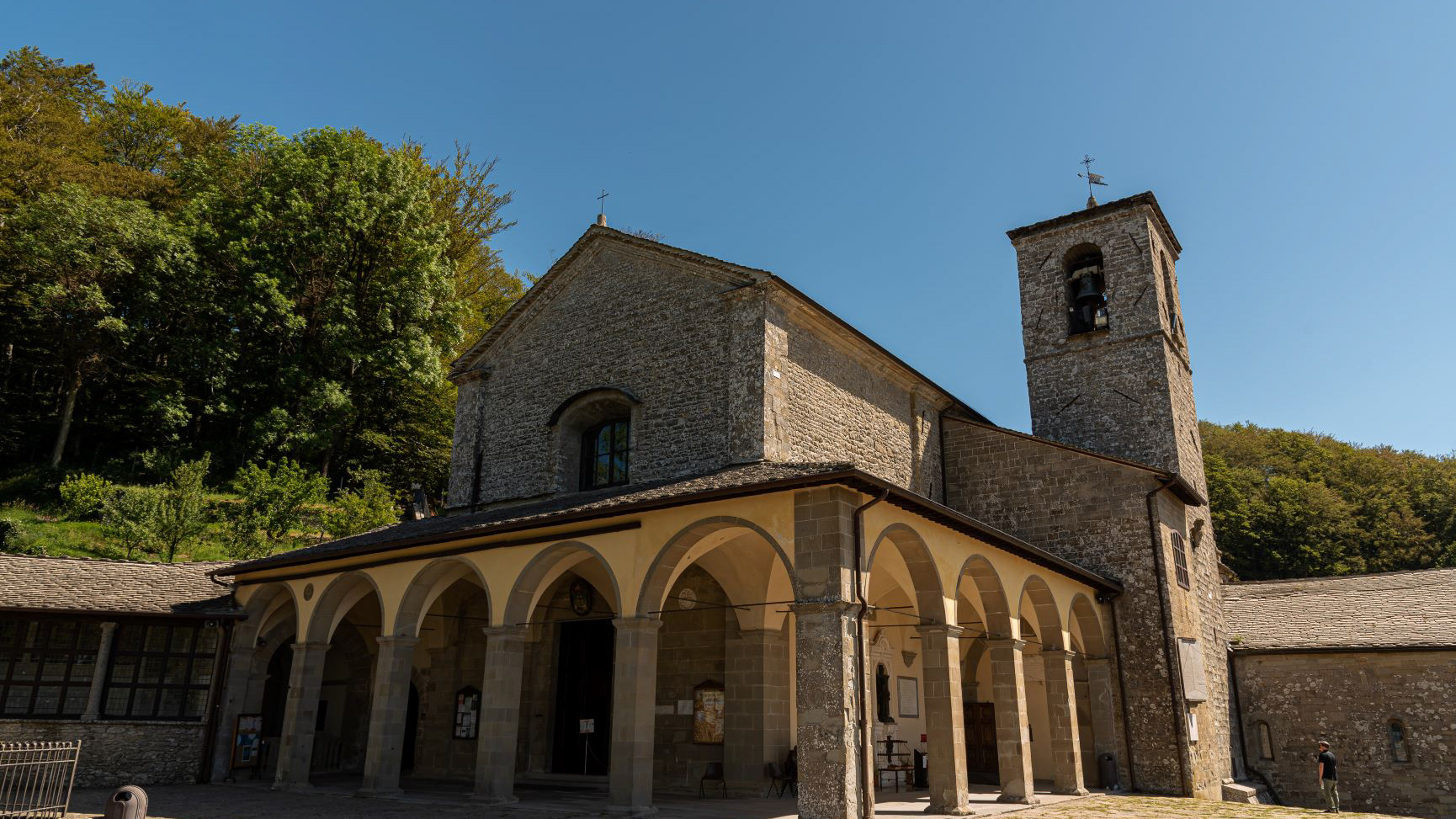
2021
The Franciscan sanctuary of La Verna.
The Franciscan sanctuary of La Verna (province of Arezzo) is famous for being the place where St. Francis of Assisi received the stigmata on September 16, 1224.
